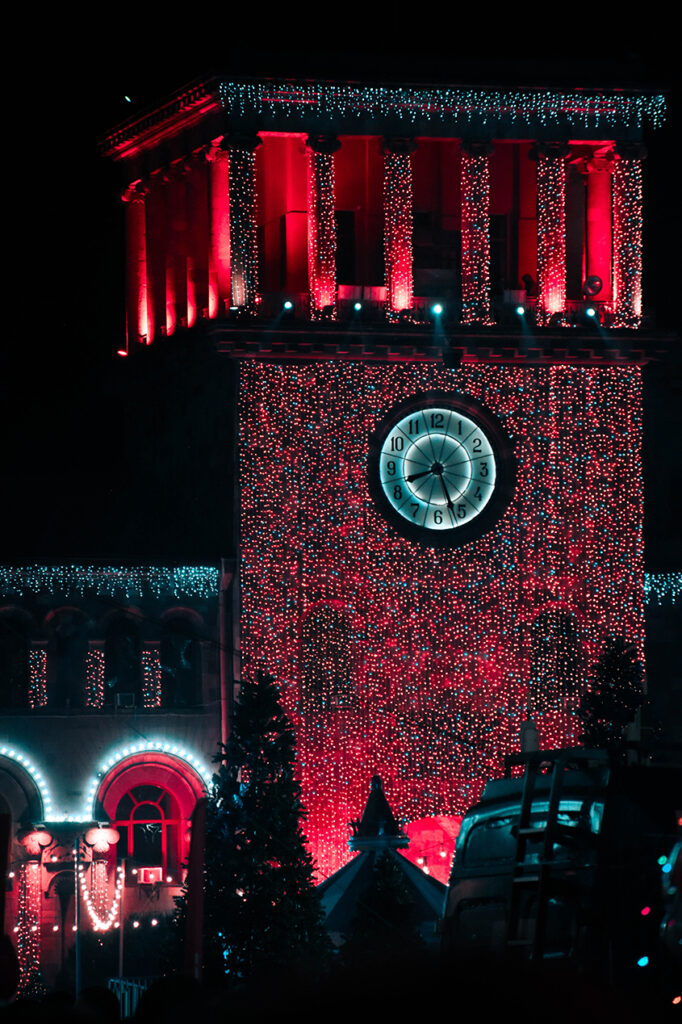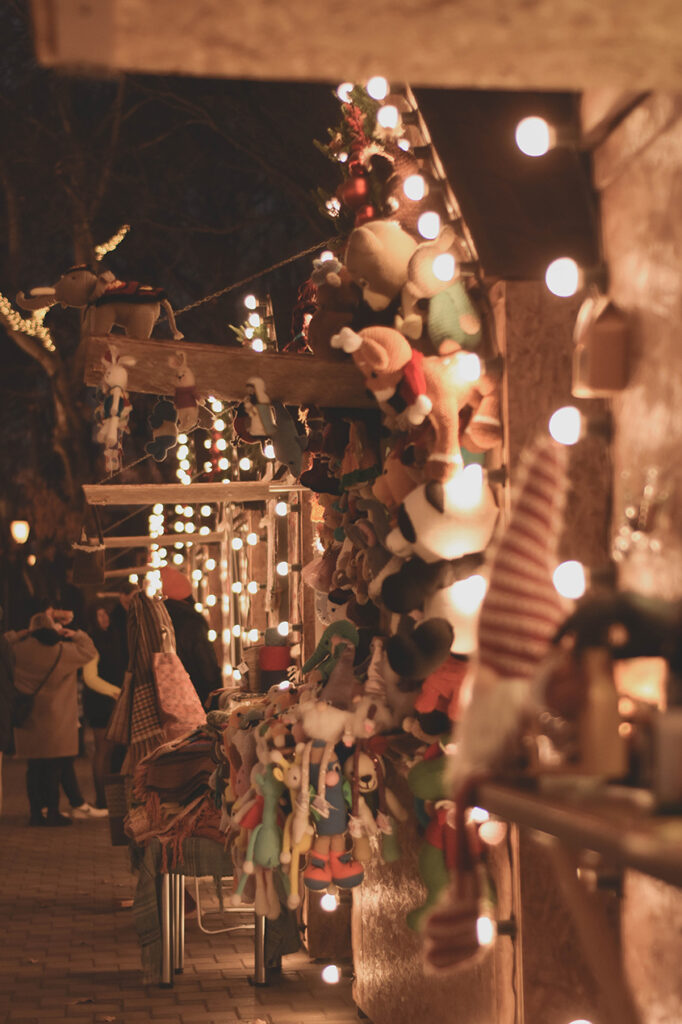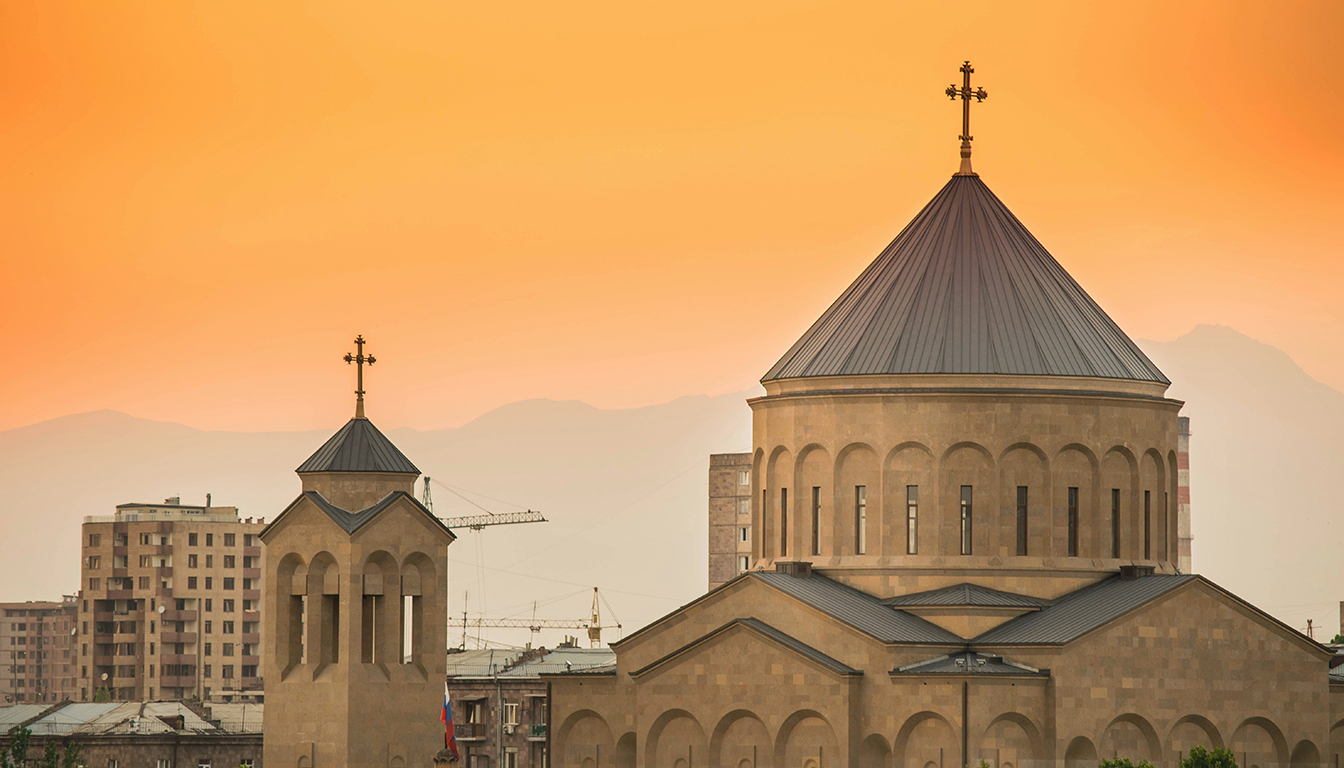Christmas in Armenia: Traditions and Celebrations
Christmas in Armenia is a unique and significant holiday celebrated annually on January 6. The holiday has been a part of Armenian traditions for more than 1700 years and has been celebrated similarly since its inception. Most people find the celebration date odd, but it is in accordance with Christian traditions.
The Armenian Apostolic Church, following the Julian calendar, traditionally observes Christmas day on January 6th. This date once united both the birth and baptism of Jesus Christ before the Western Church split the commemorations. This ancient tradition persists in Armenia, allowing the country to celebrate Christmas with distinctive solemnity and joy. The holiday is marked by a variety of customs and traditions that are unique to the Armenian culture.
One of the most important traditions of Christmas in Armenia is lighting candles in the cathedral. Worshipers light candles in a cathedral in the Armenian capital, Yerevan, on January 6, the day the country’s main Christmas celebrations occur. The candles symbolize the light of Christ and are believed to bring good luck and blessings to those who light them.
Historical Significance
Armenia has a rich history and culture, and Christmas is an important celebration in the country. The Armenian Christmas is celebrated on January 6th, with a unique history that sets it apart from other Christian celebrations.
Origins of Christmas in Armenia
The origins of Christmas in Armenia can be traced back to the 4th century when Armenia became the first nation to adopt Christianity as its state religion. The holiday was originally celebrated on January 6th, known as the Feast of Theophany or the Baptism of Jesus. As such, Armenians celebrate Christmas on January 6th, even after the Western Church moved the celebration of Christmas to December 25th.
Armenian Apostolic Church Influence
The Armenian Apostolic Church has had a significant influence on the celebration of Christmas in Armenia. The Church has unique traditions and customs observed during the holiday season. For example, on Christmas Eve, Armenians go to church to buy candles, which they take home to brighten the darkest days of winter. They also light their homes and churches with candles to illuminate the end of dark days and long nights.
In addition, the Armenian Apostolic Church has its own unique liturgical calendar, which is based on the ancient Julian calendar. This means the Armenian Christmas falls on a different day than the Western Christmas. The Armenian Church also has its own unique Christmas carols and hymns, which are sung during the holiday season.
Overall, the historical significance of Christmas in Armenia is rooted in the country’s early Christian roots and the unique customs and traditions of the Armenian Apostolic Church. The celebration of Christmas in Armenia reflects the country’s rich cultural heritage and deep connection to Christianity.
Cultural Celebrations
Gaghant Baba
One of the most interesting traditions during Christmas in Armenia is the celebration of Gaghant Baba, which means “Daddy Winter” in Armenian. This character is similar to Santa Claus, who brings gifts to children during Christmas. However, unlike Santa Claus, Gaghant Baba is depicted as an old man with a white beard, wearing a long fur coat and a hat made of sheepskin. He is said to live in the mountains and comes down to the villages on New Year’s Eve to distribute presents to children.
Public Festivities
Armenia is a country rich in culture and traditions, and Christmas is when the country comes alive with festivities and celebrations. From the vibrant Yerevan winter decorations to the January 6th celebrations, there is much to explore during the holiday season in Armenia. The Armenian Apostolic Church holds a special liturgy on Christmas Day, which many people attend. After the liturgy, there are usually public festivities in the city squares, with music, dancing, and traditional Armenian food.
Family Traditions
In addition to public celebrations, Christmas in Armenia is also a time for families to come together and celebrate. One of the most important family traditions is the preparation of traditional Armenian dishes, such as khorovats (barbecue), dolma (stuffed grape leaves), and basturma (dried beef). Families decorate their homes with Christmas trees and lights and exchange gifts on New Year’s Eve. Another important tradition is the lighting of candles on Christmas Eve to illuminate the end of dark days and long nights.
Overall, Christmas in Armenia is a time for public and private celebrations, focusing on family, tradition, and community.
Cuisine and Feasting
Christmas Eve Dinner
Christmas Eve dinner is a significant part of the celebration in Armenia. It is known as “Khetum,” a traditional meal consisting of fish, rice, greens, and Armenian sweets. Some Armenians show their faith by fasting for a week before Christmas Eve, and the Khetum meal breaks their fast. The meal is usually served after the family attends church service.
Traditional Dishes
Armenian cuisine has a rich history, evident in the dishes served during the Christmas season. Here are some traditional dishes that are commonly served during Christmas in Armenia:
- Harissa: This porridge is made with wheat and meat, usually chicken or lamb. It is slow-cooked for hours until it becomes a thick, creamy consistency. It is usually served with butter, cinnamon, and sugar.
- Khorovats: This is the Armenian version of barbecue, usually made with lamb or beef. The meat is marinated in a mixture of vinegar, oil, and spices, then grilled over an open flame.
- Ishkhan: This is grilled trout, a popular dish in Armenia. It is usually seasoned with herbs and lemon juice and served with a side of vegetables.
- Ghapama: This stuffed pumpkin dish is usually served during the Christmas season. The pumpkin is filled with rice, dried fruits, nuts, and honey, then baked until tender.
- Anooshaboor: This is a Christmas pudding made with wheat, sugar, and spices. It is usually served with a side of honey or syrup.
- Gata: This sweet bread is usually served during the Christmas season. It is similar to a croissant but is filled with a sweet paste made of flour, butter, and sugar.
- Choreg: This is another sweet bread that is usually served during the Christmas season. It is similar to a brioche but is flavored with cardamom and mahleb, which is a spice made from cherry pits.
In conclusion, the Christmas season in Armenia is a time for feasting and celebrating with family and friends. The traditional dishes served during this time reflect the rich history and culture of Armenia.
Religious Observances

Religion plays a significant role in Armenian Christmas celebrations. The Armenian Apostolic Church observes Christmas on January 6th, following the Julian calendar. This date is also known as the Feast of Theophany or Epiphany, which commemorates the baptism of Jesus Christ by John the Baptist.
January 6th Celebrations
On the eve of January 6th, Armenians light candles and decorate their homes with ornaments and lights. It is a time of joy and celebration, and families gather to exchange gifts and share a festive meal. Traditional Armenian dishes such as khash, dolma, and basturma are served during the Christmas feast.
One of the most important customs on January 6th is the blessing of water. It is believed that on this day, the waters of the world are sanctified, and the faithful immerse themselves in holy water to receive blessings and purification.
Church Services
Attending church services is an essential part of Armenian Christmas celebrations. The Armenian Apostolic Church holds a series of religious services during the Christmas season, including the Divine Liturgy, the Blessing of Water, and the Blessing of the Four Corners of the World.
During the Divine Liturgy, the faithful gather to participate in the Eucharist and receive communion. The Blessing of Water ceremony takes place on the morning of January 6th, and the priest blesses the water with a cross, symbolizing the baptism of Jesus Christ. The Blessing of the Four Corners of the World is a ceremony where the priest blesses the four corners of the church, representing the four corners of the world.
In conclusion, Armenian Christmas is a time of religious observances and traditions. The celebration of Christmas on January 6th is a unique aspect of Armenian culture, and the religious services and customs associated with the holiday reflect the deep spiritual roots of the Armenian people.
Modern Developments
Influence of Western Traditions
In recent years, Armenia has seen an increase in the influence of Western Christmas traditions. Many Armenians now incorporate Santa Claus, Christmas trees, and gift-giving into their celebrations. While some traditionalists may view these additions as a departure from the true meaning of Christmas, others see it as a way to bring new life to the holiday.
Christmas Markets and Decorations


Another modern development in Armenia is the rise of Christmas markets and decorations. In Yerevan, the capital city, the Christmas market is a popular destination for locals and tourists alike. Visitors can find a variety of gifts, decorations, and traditional Armenian foods. The market also features live music and entertainment, adding to the festive atmosphere.
In addition to the Christmas market, many Armenians now decorate their homes and streets with lights, wreaths, and other festive decorations. This trend has helped to create a more vibrant and joyful atmosphere during the holiday season.
Overall, while Armenia’s Christmas traditions remain rooted in ancient customs, the country has also embraced modern developments in recent years. Whether it’s incorporating Western traditions or adding new decorations and markets, Armenians continue to find new ways to celebrate the holiday season.







